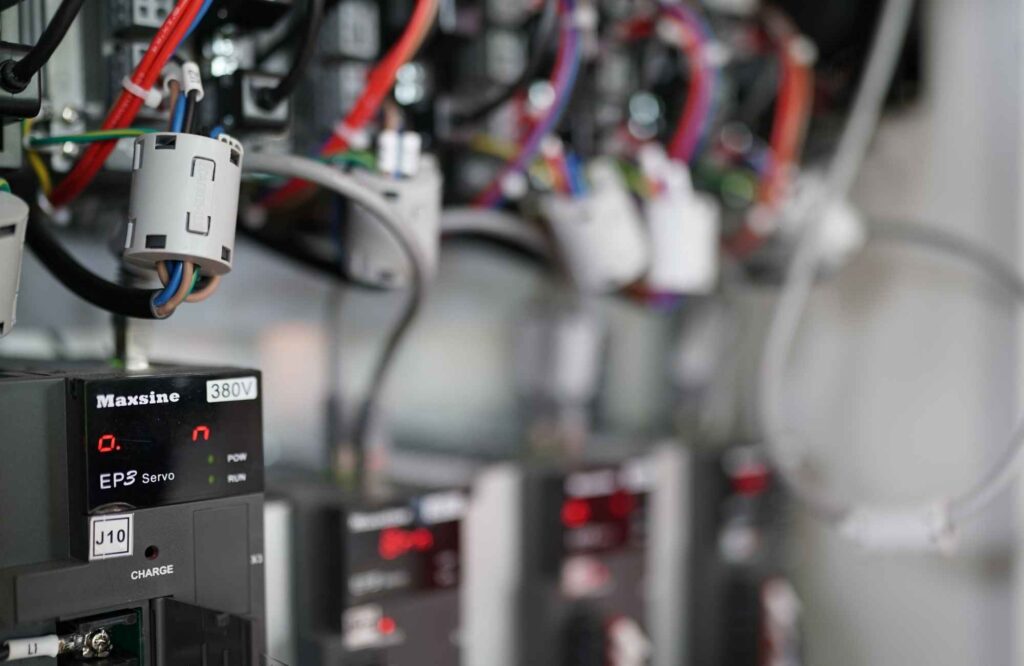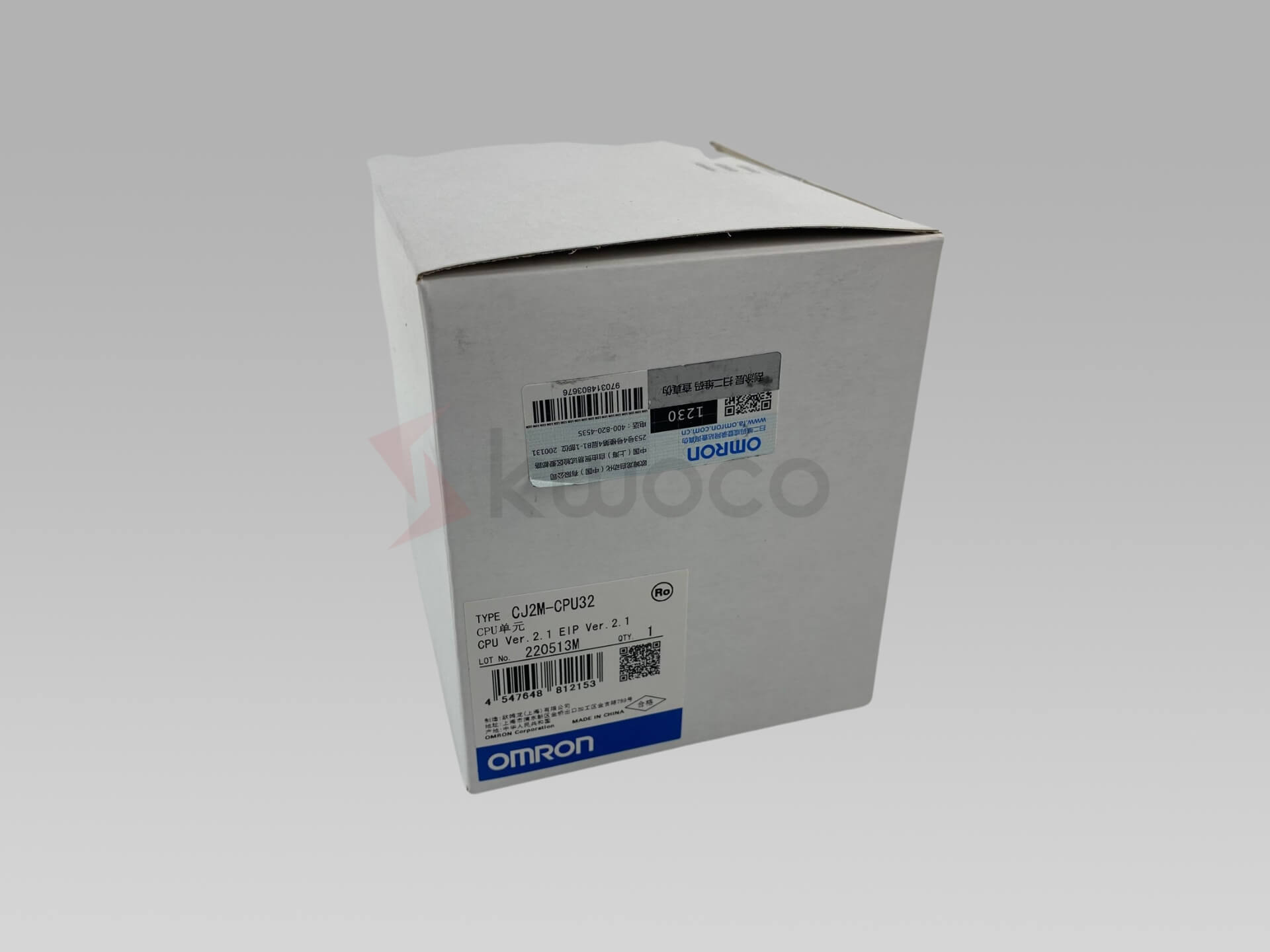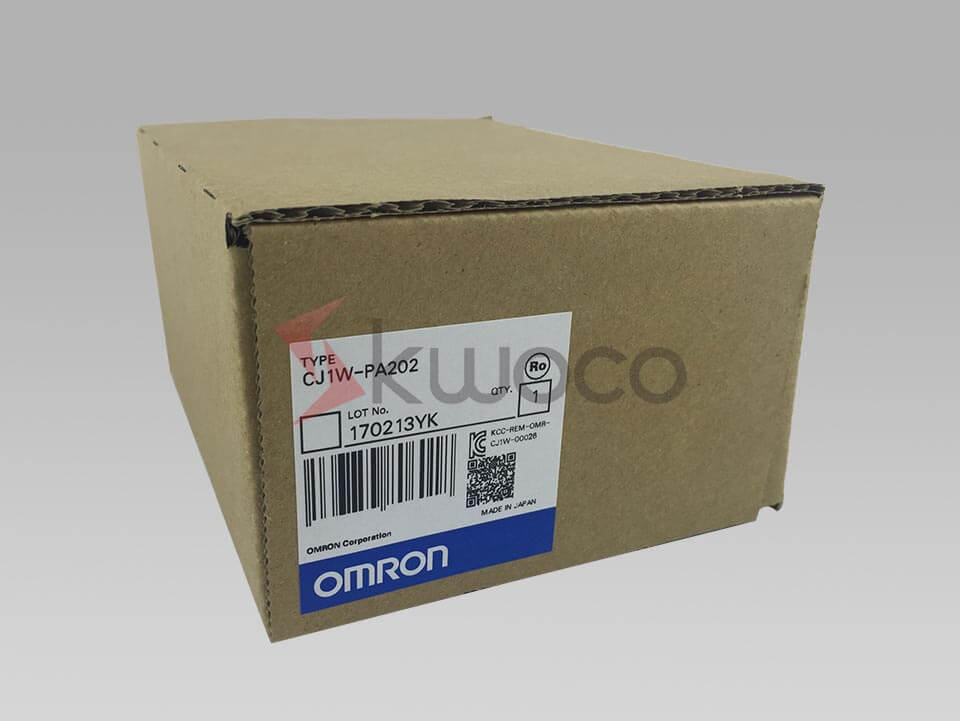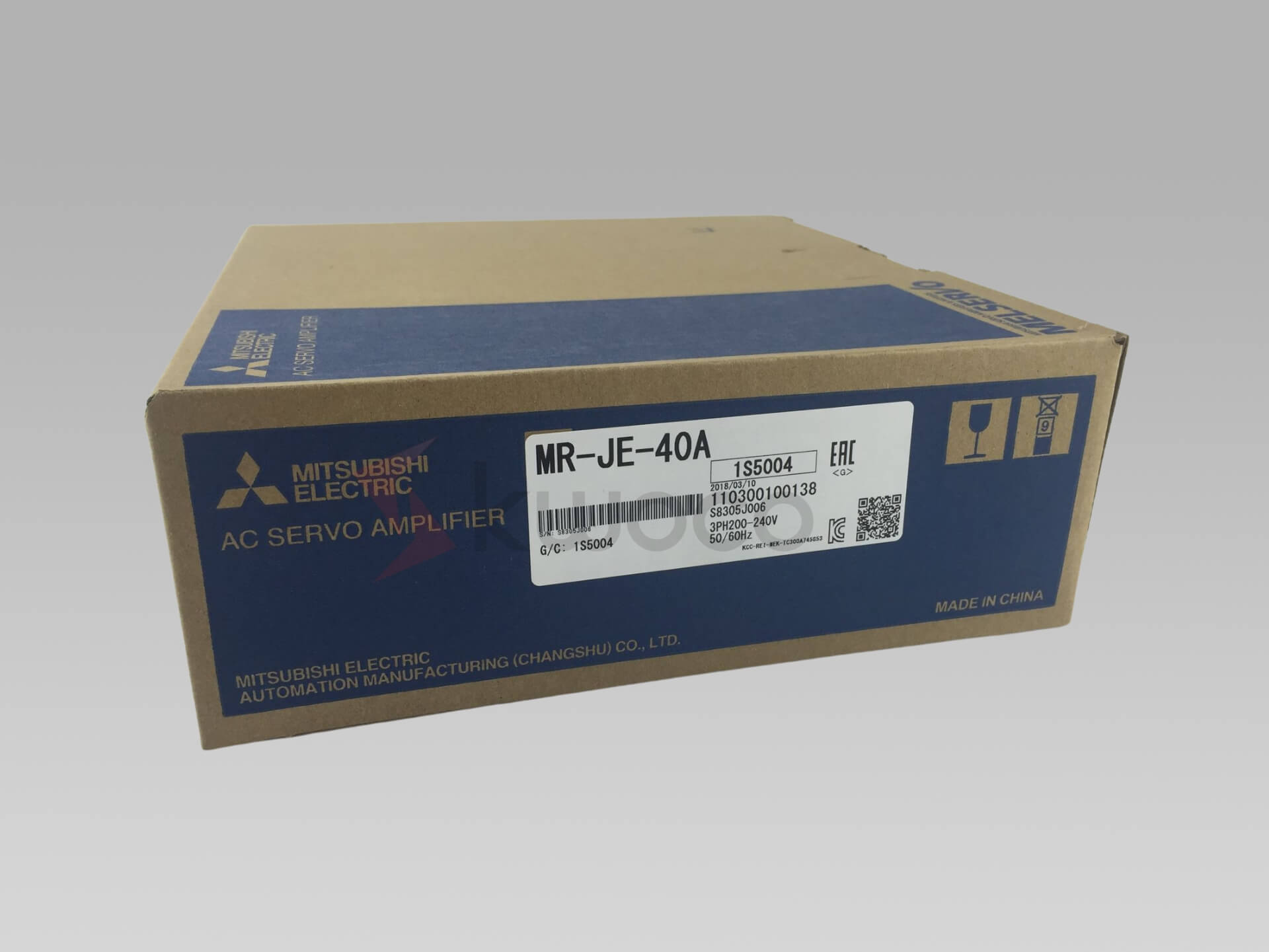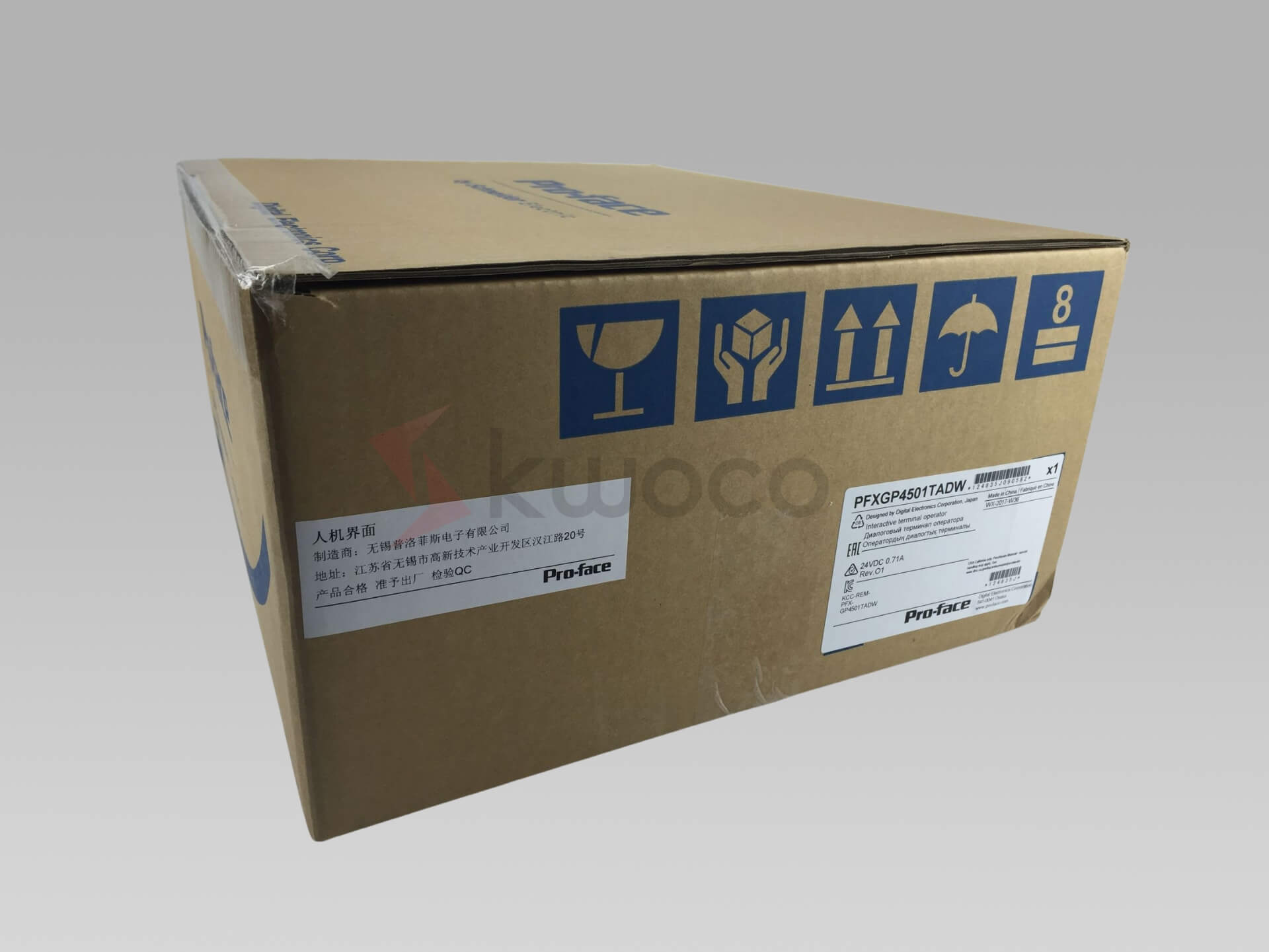Mastering SLC500 & ControlLogix PLCs: A Comprehensive Guide
Table of Contents
What Makes Rockwell's SLC and ControlLogix PLCs Stand Out?
In the world of industrial automation, Rockwell Automation is synonymous with quality and innovation. But what sets their SLC and ControlLogix PLCs apart?
A Legacy of Reliability and Innovation
Rockwell Automation, which includes the Allen-Bradley (AB) brand, has been at the forefront of industrial control systems for decades. Their controllers are renowned for reliability and durability, traits especially important for critical industrial applications.
The SLC 500 series, introduced in the 1990s, quickly became a staple in many factories. Its modular design and ease of programming made it accessible for a wide range of applications. Despite being an older series, many industries still rely on the SLC 500 due to its proven track record.
On the other hand, the ControlLogix platform represents the evolution of PLC technology. Introduced to address the growing complexity of automation tasks, ControlLogix offers advanced features such as integrated motion control, higher processing speeds, and enhanced connectivity options.
Comprehensive Support and Integration
One significant advantage of choosing Rockwell Automation products is the comprehensive support network. Whether you’re a seasoned engineer or new to automation, Rockwell provides extensive documentation, training resources, and technical support.
Moreover, their PLCs integrate seamlessly with other Rockwell products and third-party devices. This compatibility is crucial in modern industrial settings where systems from different manufacturers need to communicate effectively.
User-Friendly Programming Environments
Programming a PLC can be a daunting task, but Rockwell Automation simplifies this with their RSLogix software family. RSLogix 500 is used for programming the SLC 500 series, while RSLogix 5000 (now Studio 5000) is for the ControlLogix and CompactLogix platforms.
These programming environments are designed with the user in mind, featuring intuitive interfaces and powerful debugging tools. This makes it easier to develop and maintain complex control programs, reducing downtime and increasing productivity.
How Do Programmable Logic Controllers Transform Automation?
Understanding the role of PLCs is essential to appreciating their impact on industrial automation.
The Heart of Automated Systems
Programmable Logic Controllers are specialized computers designed to operate reliably in harsh industrial environments. They monitor inputs (from sensors, switches, etc.), process this data according to a control program, and trigger outputs (to motors, valves, etc.) accordingly.
This capability allows PLCs to control machinery and processes with high precision. For example, they can manage assembly lines, control robotic arms, or regulate temperature and pressure in a chemical process.
Flexibility and Scalability
One of the strengths of PLCs like the SLC 500 and ControlLogix is their modularity. You can customize your system by adding various modules, such as analog and digital I/O modules, communication modules, and specialty modules for specific functions like motion control.
This modularity means you can start with a basic setup and expand it as your needs grow, adding more I/O modules or upgrading the processor for better performance.
Improved Efficiency and Safety
By automating repetitive or hazardous tasks, PLCs enhance efficiency and safety in industrial operations. They can operate continuously without fatigue, reduce human error, and handle complex calculations quickly.
For instance, in a manufacturing plant, a PLC can manage the timing and coordination of multiple machines, ensuring products move smoothly along the production line without bottlenecks or collisions.
Exploring the SLC 500: A Classic Controller in Modern Times
Despite newer technologies, the SLC 500 remains relevant. But what keeps this classic controller in use today?
Key Features of the SLC 500
The SLC 500 series is known for its:
- Modular Design: Allows for flexible configurations tailored to specific applications.
- Ease of Programming: Uses RSLogix 500 software with ladder logic, which is intuitive for those familiar with electrical schematics.
- Robust Construction: Designed to withstand harsh industrial environments.
Applications of the SLC 500
The SLC 500 is suitable for:
- Small to medium-sized automation tasks.
- Applications where high-speed processing is not critical.
- Systems that require reliable performance without the need for advanced features.
Communication Capabilities
Although it’s an older series, the SLC 500 supports various communication options:
- Ethernet: For network connectivity and remote access (available on SLC 5/05 processors).
- RS-232 and DH+: For serial communication with other devices.
- ControlNet: For real-time, high-speed control applications (with appropriate modules).
Limitations to Consider
While the SLC 500 is reliable, it has limitations:
- Processing Speed: Slower CPU and longer scan times compared to modern PLCs.
- Memory Constraints: Limited memory may restrict program complexity.
- End of Life: As a legacy product, parts and support may become less available over time.
Delving into ControlLogix: The Future of PLCs
The ControlLogix platform represents a significant advancement in PLC technology. Let’s explore why it’s considered the future of industrial automation.
Advanced Features of ControlLogix
- High Performance: Faster processors result in shorter scan times, crucial for time-sensitive applications.
- Integrated Motion Control: Supports complex motion control tasks with appropriate modules.
- Scalability: Easily expand the system by adding modules to the chassis.
- Enhanced Connectivity: Offers multiple communication options, including Ethernet/IP, ControlNet, and DeviceNet.
Tag-Based Programming
Unlike the SLC 500, which uses fixed memory addresses, ControlLogix employs a tag-based programming approach. This means you can assign meaningful names to data points, making programs easier to read and maintain.
User-Defined Data Types
With RSLogix 5000/Studio 5000, you can create User Defined Data Types (UDTs). This allows for custom data structures, simplifying complex programs and enhancing code reusability.
Safety and Redundancy
The ControlLogix family includes safety-rated controllers and redundancy options, ensuring critical processes continue running even if a component fails.
Future-Proofing Your Investment
Investing in a ControlLogix system means you’re choosing a platform that will be supported and updated for years to come. This protects your investment and ensures compatibility with future technologies.
Understanding Scan Time in PLC Operations
Scan time is a critical concept in PLC operations, but what exactly is it, and why does it matter?
What is Scan Time?
Scan time is the time it takes for the PLC to complete one cycle of reading inputs, executing the control program, and updating outputs. This cycle repeats continuously while the PLC is in operation.
Importance of Scan Time
- Responsiveness: Shorter scan times mean the PLC can react more quickly to changes in inputs, which is vital for high-speed applications.
- Process Control: In processes where timing is critical, such as synchronization of multiple machines, consistent scan times ensure smooth operation.
- Troubleshooting: Understanding scan time helps in diagnosing performance issues and optimizing the control program.
Factors Affecting Scan Time
- Program Complexity: Larger, more complex programs take longer to execute.
- Processor Speed: Faster CPUs reduce scan times.
- I/O Configuration: The number and type of modules can impact scan time.
Comparing SLC 500 and ControlLogix Scan Times
The ControlLogix controllers generally have shorter scan times due to their advanced processors and optimized architecture. For applications where scan time is critical, the ControlLogix offers a significant advantage over the SLC 500.
Which PLC is Right for You? SLC 500 vs. ControlLogix
With both the SLC 500 and ControlLogix PLCs offering distinct advantages, how do you choose the right one for your application?
Decision Factors
- Application Complexity: For simple applications, the SLC 500 may suffice. For complex tasks requiring advanced features, choose ControlLogix.
- Budget Constraints: The SLC 500 may be more affordable initially, but consider long-term costs and benefits.
- Future Expansion: If you anticipate growth, ControlLogix offers better scalability.
- Support Needs: ControlLogix will have longer-term support from Rockwell Automation.
Comparison Table
| Feature | SLC 500 | ControlLogix |
|---|---|---|
| Processing Speed | Slower CPU, longer scan time | Faster CPU, shorter scan time |
| Programming Software | RSLogix 500 | RSLogix 5000/Studio 5000 |
| Programming Approach | Address-based | Tag-based |
| Modularity | Modular, but limited expansion | Highly modular and scalable |
| Connectivity | Ethernet, RS-232, DH+ | Ethernet/IP, ControlNet, etc. |
| Advanced Features | Basic control functions | Motion control, safety, redundancy |
| Support and Availability | Legacy product, limited future support | Current product, ongoing support |
| Cost | Lower initial cost | Higher initial cost, better ROI |
Personal Experience
Having worked with both systems, I found the ControlLogix platform offers greater flexibility and performance. The tag-based programming in RSLogix 5000 is more intuitive, and the ability to create User Defined Data Types simplifies complex projects. However, for smaller projects where cost is a concern, the SLC 500 still serves its purpose well.
Programming with RSLogix and Studio 5000
Understanding the programming environments is crucial for effective use of these PLCs.
RSLogix 500 for SLC 500
- Ladder Logic Programming: Familiar and easy to learn.
- Address-Based Programming: Uses fixed addresses like B3:0/0, which can be less intuitive.
- Limited Features: Suitable for basic control tasks.
RSLogix 5000/Studio 5000 for ControlLogix
- Advanced Programming Languages: Supports ladder logic, function block diagrams, structured text, and more.
- Tag-Based Programming: Use of descriptive tags improves readability.
- Enhanced Features: Supports User Defined Data Types, Add-On Instructions, and more.
- Integration with Other Systems: Easier integration with HMIs, SCADA systems, and enterprise-level software.
Transitioning Between Platforms
If you’re moving from an SLC 500 to a ControlLogix, there will be a learning curve. However, the investment in learning RSLogix 5000 pays off with increased programming efficiency and system capabilities.
Understanding Firmware Updates and Power Supply Management
Importance of Firmware Updates
Keeping your PLC’s firmware up to date is crucial for optimal performance and security. Firmware updates can provide bug fixes, enhance functionality, and improve system stability.
For both SLC 500 controllers and ControlLogix processors, obtaining the latest firmware ensures your system operates efficiently. You can download firmware updates from Rockwell Automation’s website or contact an authorized distributor.
Note: Always verify whether the firmware is compatible with your controller model and processor before installation.
Power Supply Considerations
A reliable power supply is essential for the stable operation of your PLC system. Both the SLC 500 and ControlLogix systems require appropriate power supplies to function correctly.
- SLC 500: The power supply mounts directly on the left side of the chassis and provides power to the modules installed.
- ControlLogix: Offers a variety of power supply options to suit different system sizes and requirements.
Regularly check the power supply for any signs of wear or damage, and replace it if necessary. Using a faulty power supply can lead to system failures or damage to the modules.
Working with Distributors
When purchasing PLC components, including firmware and power supplies, it’s important to work with authorized distributors. This ensures you receive genuine Allen-Bradley (AB) products covered by the original manufacturer’s warranty.
Rockwell Automation and Allen-Bradley have a network of authorized distributors who can provide support and guidance in selecting the right components for your system.
FAQs
Can I use RSLogix 5000 to program an SLC 500 controller?
No, the SLC 500 controllers are programmed using RSLogix 500. RSLogix 5000 (now Studio 5000) is used for programming ControlLogix and CompactLogix PLCs.
Is the SLC 500 still supported by Rockwell Automation?
While the SLC 500 series is considered a legacy product, Rockwell Automation continues to offer support. However, for new installations, they recommend considering the ControlLogix or CompactLogix platforms.
What are the communication options available for ControlLogix PLCs?
The ControlLogix controllers support various communication protocols, including Ethernet/IP, ControlNet, and DeviceNet. This allows for flexible integration into different network architectures.
Can I upgrade an existing SLC 500 system to a ControlLogix platform?
Yes, you can upgrade to a ControlLogix platform. Rockwell Automation provides tools and guidelines to facilitate the migration from SLC 500 to ControlLogix, ensuring minimal downtime and compatibility.
Power your projects with brand-new, original Omron, Mitsubishi, Schneider PLC – in stock, ready now!
Conclusion
In the evolving landscape of industrial automation, choosing the right PLC is critical. Both the SLC 500 and ControlLogix offer unique advantages:
- The SLC 500 is reliable and cost-effective for simpler applications.
- The ControlLogix provides advanced features, scalability, and future-proofing for complex systems.
By understanding your application’s needs, budget, and future plans, you can select the PLC that best fits your requirements.
Looking for new, original PLCs for your projects? At Kwoco, we stock the latest PLCs from top brands like Omron, Mitsubishi, and Schneider. Shop with confidence—fast shipping, guaranteed quality! Buy Now
Contact Us
Just fill out your name, email address, and a brief description of your inquiry in this form. We will contact you within 24 hours.
You May Also Find These Topics Interesting
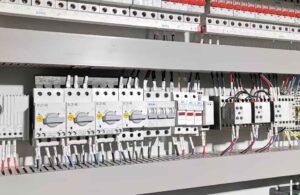
Relays: Types and Applications Guide
This article provides an in-depth look at relays, the unsung heroes of many electrical systems. We’ll explore the different types of relays, their applications, and how they function. Whether you’re an engineer, a technician, or simply curious about how things work, this comprehensive guide will illuminate the fascinating world of relays.

What is a Level Sensor? Understanding Types and Applications
Level sensors are essential devices in modern industries, ensuring accurate monitoring and measurement of liquid and solid levels. Whether in manufacturing plants, automotive systems, or everyday household appliances, these sensors play a pivotal role in maintaining efficiency and safety.
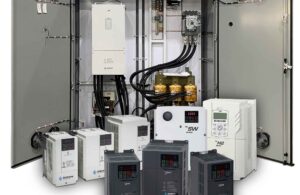
Capacitor Reforming: Bringing Your VFD Back to Life After Storage
This article explores the critical process of capacitor reforming for Variable Frequency Drives (VFDs) that have been in storage. If you’re in the machinery and equipment manufacturing industry or provide factory solutions, understanding this process is crucial to prevent downtime and ensure the longevity of your equipment. We’ll delve into why capacitor reforming is necessary, how it works, and what steps you can take to safeguard your VFDs.

